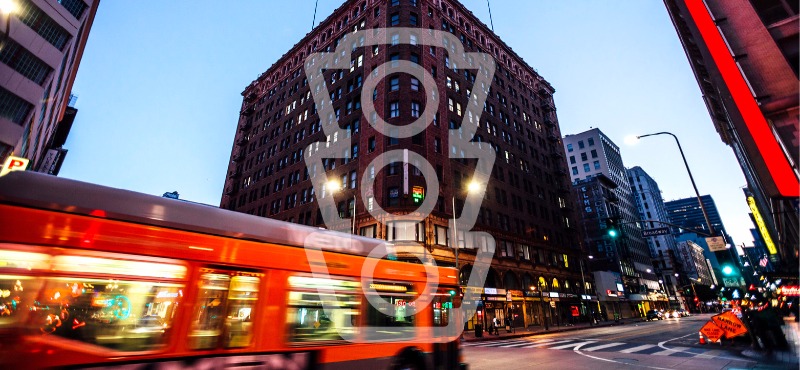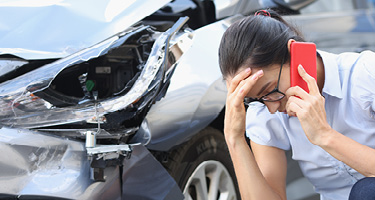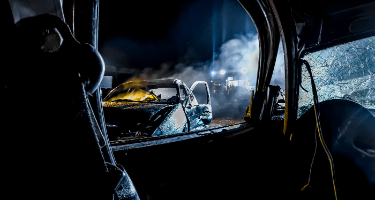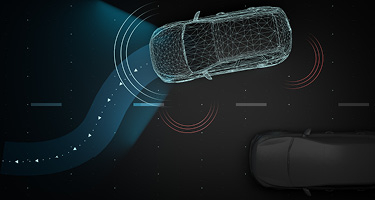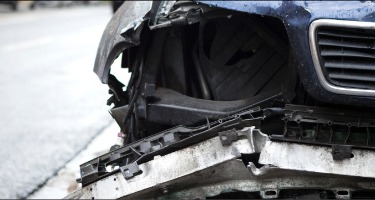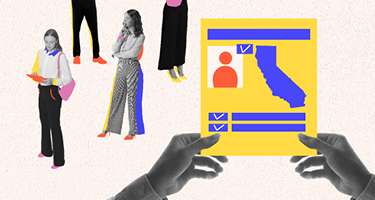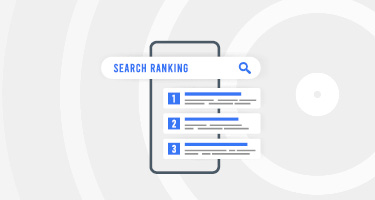Bus accidents are not incredibly common, but when they do occur, they can have devastating results. Buses are generally more difficult to maneuver, harder to stop, and less safe than other vehicles. Buses are also often lacking important safety features, such as seat belts and airbags. When bus passengers are involved in a bus accident, they can suffer serious and life-threatening injuries. These victims will likely face extraordinary medical expenses that will only be exacerbated by forced time away from work for a period of recovery. These victims must often turn to a personal injury claim for damages against the person(s) responsible for the bus accident.
Unlike a car accident, determining liability in a bus accident can be difficult.
In some cases, bus accidents may be caused by a third party. Potentially liable parties could include other drivers on the road, pedestrians, motorcyclists, or bicyclists. Bus accident victims can name these other parties as defendants in a personal injury lawsuit if they exhibit negligence. Victims must prove that the third party had a duty to prevent harm, breached that duty in some way, and that they were harmed as a result. Third parties could breach this duty by changing lanes without using a turning signal, failing to yield when merging, driving while using a cell phone or electronic device, or following a bus too closely.
In other cases, bus accidents may be caused by the bus driver. Bus drivers have a difficult job and have a greater responsibility than other drivers to operate the vehicle safely. Buses are considered common carriers, which imposes a greater duty of care on operators. Rather than exhibiting reasonable care, common carriers must exercise “the utmost caution … or the highest degree of vigilance, care, and precaution.” If a bus driver is even the slightest bit negligent, he or she could be liable for injuries that result. Examples of bus driver negligence could include driving while intoxicated or fatigued, improper or inadequate training, permitting the vehicle to become overloaded, and texting while driving.
Personal injury lawsuits can become more complicated when the bus driver is at fault. This is because many buses are owned and operated by the government. School buses and city buses are prime examples. When bus accidents are caused by the bus driver, victims may face difficulties in recovering compensation. There is a different process for filing a claim against the government. It is important to remember that each state will have slightly different procedural rules for filing a claim against the government.
If a bus accident victim wants to file a claim against the bus driver and/or government entity, he or she will likely have a very short window of opportunity to do so. The statute of limitations in personal injury cases against the government is generally much shorter than other personal injury lawsuits. In some states, this statute of limitation can expire in as little as six months after an accident. This means that victims must move quickly.
In most bus accident cases, a victim will have to file a claim directly with the local government entity that is responsible for operating the common carrier. The claim must generally state (1) the specific person, entity, or employee that was allegedly negligent; (2) a thorough description and explanation of the accident; and (3) the victim’s name. Victims must make their case for damages in this claim. The government must review and respond to the bus accident victim’s claim. If the claim is accepted, the government will work with the victim to compensate them for their injuries. If the claim is rejected, the victim must then file a personal injury lawsuit in civil court. The process will then resume a normal trajectory and proceed as any other personal injury case. The government must essentially be given the opportunity to deal with the claim in-house before victims can attempt to take them to court.
There are, of course, a number of other potentially liable parties in bus accident lawsuits. Many states permit victims to recover compensation from more than one negligent party. As a result, it is important to thoroughly investigate each individual case to determine each and every possible avenue for recovering compensation.
---------------------------
Sherwin Arzani is an attorney and founder of Citywide Law Group, a Los Angeles personal injury firm. Mr. Fernandez is a graduate of University of California – Los Angeles School of Law, is a California certified family law specialist, and has over 27 years’ experience exclusively handling family law matters.
Phone: 424-248-2700
Email: info@citywidelaw.com
